Palm oil sits about mid-point in fatty acid composition; it is semi-solid or half solid and half liquid. 1 in 6 food products it but Dr Kalyana Sundram of the Malaysia Palm Oil Council (PIPOC presentation, 22 Nov 2013) notes a surfeit of emotion in calling palm oil bad for health. Food labelling requirements are on the rise while campaigners “re-invent” the association of palm oil with health issues (several large medical studies find no / no significant association; other studies find palm olein reduces cholesterol as effectively as olive and canola / rapeseed oils). This is sometimes done in combination with sustainability issues; to significant effect in the Francophone world.
Hydrogenation takes a liquid oil, including soybean, to make it solid, creating transfats in the process. Post-World War Two, Unilever incorporated it into margarine. In the 1980s, food industries reformulated to avoid palm oil and the USA and Europe were awash with transfats. Mensink & Katan (New England Journal of Medicine, 1990) showed that margarines were not healthy as transfats increase the risk of heart disease. Harvard Medical School work also challenged hydrogenated oils in the 1990s and the US Food and Drug Administration (FDA) concurred. Manufacturers reformulated to reduce transfats. The FDA sought evidence for the promotion of palm oil on no-transfats grounds. Sundram’s 2001 study showed that it is safer to eat saturated fats than transfats. US palm oil use boomed, exceeding 1.2 million tonnes. The only reliable commodity substitute was (still is) palm oil.
In November 2013, challenged by a legal suit the US FDA removed its “generally regarded as safe” / GRAS status for transfats. In a single serving food manufacturers were allowed 0.49 grams of transfats (serving sizes were cut to comply). Transfats is now regarded as an additive and not a food ingredient. This is expected to boost palm oil demand in the US market by another 150,000 tonnes in 2014. When will others move on transfats?
Look out for Khor Reports' Palm Oil Newsletter #6, Jan/Feb 2014! This article is a sneak preview article from this issue.
Hydrogenation takes a liquid oil, including soybean, to make it solid, creating transfats in the process. Post-World War Two, Unilever incorporated it into margarine. In the 1980s, food industries reformulated to avoid palm oil and the USA and Europe were awash with transfats. Mensink & Katan (New England Journal of Medicine, 1990) showed that margarines were not healthy as transfats increase the risk of heart disease. Harvard Medical School work also challenged hydrogenated oils in the 1990s and the US Food and Drug Administration (FDA) concurred. Manufacturers reformulated to reduce transfats. The FDA sought evidence for the promotion of palm oil on no-transfats grounds. Sundram’s 2001 study showed that it is safer to eat saturated fats than transfats. US palm oil use boomed, exceeding 1.2 million tonnes. The only reliable commodity substitute was (still is) palm oil.
In November 2013, challenged by a legal suit the US FDA removed its “generally regarded as safe” / GRAS status for transfats. In a single serving food manufacturers were allowed 0.49 grams of transfats (serving sizes were cut to comply). Transfats is now regarded as an additive and not a food ingredient. This is expected to boost palm oil demand in the US market by another 150,000 tonnes in 2014. When will others move on transfats?
Look out for Khor Reports' Palm Oil Newsletter #6, Jan/Feb 2014! This article is a sneak preview article from this issue.


